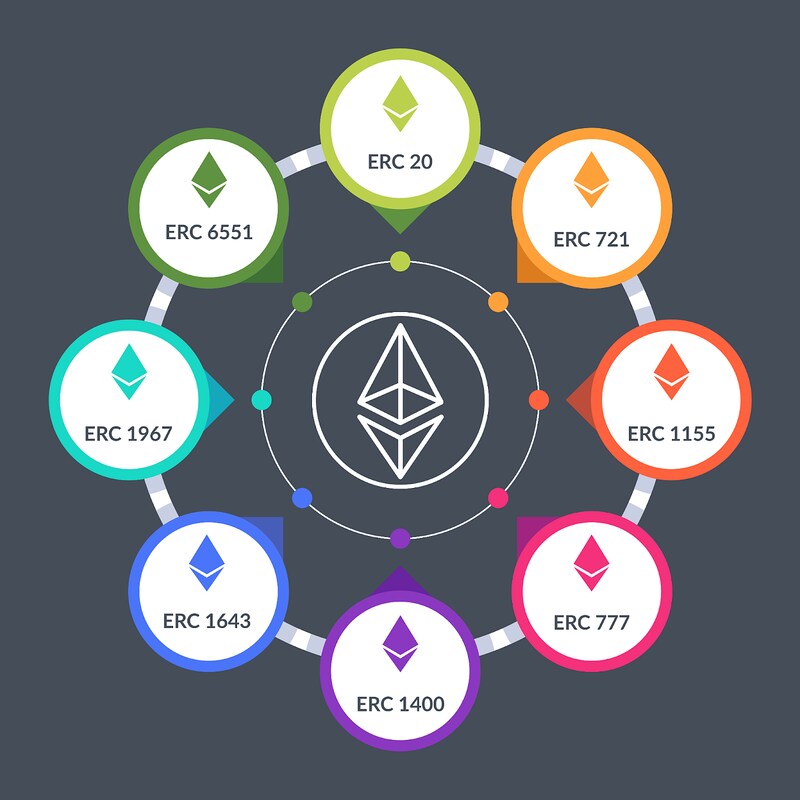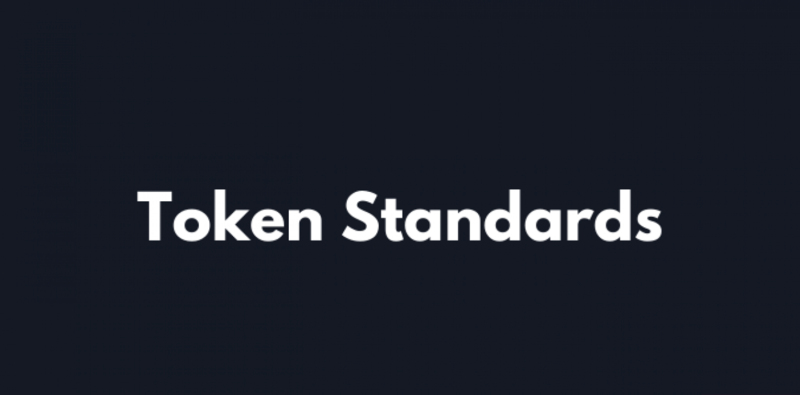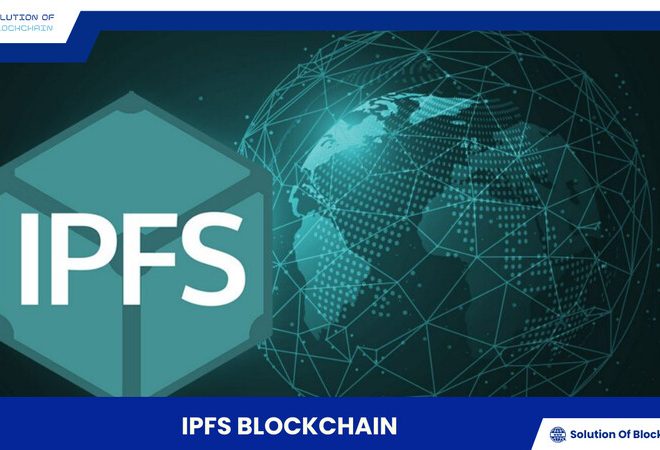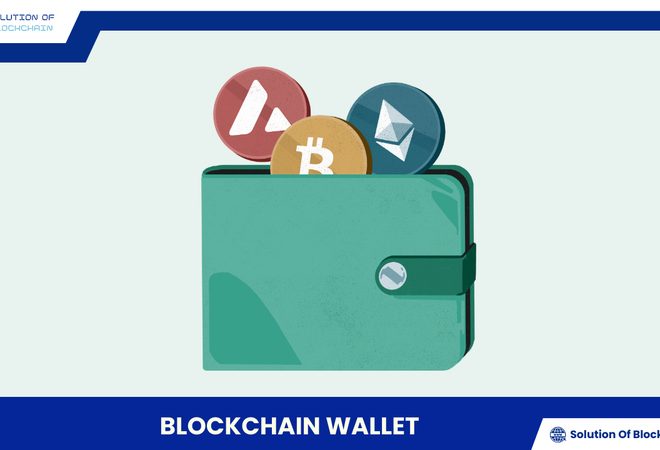
What are Token Standards?
There’s a vast array of cryptocurrencies coexisting in the market. What ensures they can interact seamlessly? The answer lies in token standards – the technical guidelines that connect and propel the entire blockchain ecosystem. Let’s delve into the prevalent types of token standards and their crucial roles.
What are Token Standards?
In the crypto world, a token standard is a predefined set of rules and specifications that dictate how a token is created, operates, and interacts within a specific blockchain. Think of it as a blueprint ensuring tokens function uniformly and “communicate” effectively.
Imagine the blockchain as a highway system. Tokens are the vehicles traversing this system. Token standards are the traffic laws, ensuring every vehicle stays in its lane, adheres to speed limits, and obeys traffic signals. This ensures smooth and safe traffic flow.
Some common examples of token standards include:
- ERC-20: The most prevalent standard on the Ethereum blockchain, used for fungible tokens (e.g., ETH, USDT, USDC).
- BEP-20: The token standard on BNB Chain, compatible with ERC-20, enabling easy token transfers between the two blockchains.
- TRC-20: The token standard on the TRON blockchain, similar to ERC-20.
History and evolution
The birth of Bitcoin in 2009 marked a financial turning point, ushering in the era of cryptocurrency. However, Bitcoin’s functionality was limited to transactions and value storage.
In 2015, Ethereum emerged with smart contract technology, empowering developers to create decentralized applications (dApps) and tokens with more complex functionalities. Fabian Vogelsteller, an Ethereum developer, proposed the ERC-20 standard to establish a common framework for token development on Ethereum.
ERC-20 quickly became the dominant standard on Ethereum, paving the way for thousands of tokens and fueling the DeFi boom. Subsequently, other blockchains developed their own token standards, either based on ERC-20 or creating new ones to meet specific needs.
Token classification
Tokens are broadly classified into two main categories:
- Fungible Tokens: These are interchangeable, like traditional currency units. For instance, 1 ETH can be replaced by any other 1 ETH. Tokens adhering to ERC-20 and BEP-20 are fungible tokens.
- Non-Fungible Tokens (NFTs): These are unique and irreplaceable, like artworks or collectibles. Each NFT has distinct characteristics and cannot be replicated. Tokens following the ERC-721 standard are prime examples of NFTs.
The importance of Token Standards
Token standards play a vital role in the smooth development and operation of the cryptocurrency market. Let’s explore their significance in the blockchain ecosystem.
- Enhanced interoperability: Just as electronic devices need common charging standards to connect and function, tokens require a common standard for interaction within a blockchain. This ensures different tokens can be exchanged, traded, and utilized across platforms like decentralized exchanges (DEXs) and DeFi applications. For example, ERC-20 tokens can be traded on most Ethereum-supporting DEXs, regardless of the issuing project. This enhances liquidity and token accessibility, benefiting users.
- Promoting scalability: Token standards provide a common framework for token and application development on the blockchain. This allows developers to easily create new applications, integrate existing tokens, and expand the blockchain ecosystem. For instance, DeFi applications like lending, borrowing, and staking are often built upon token standards like ERC-20. This enables DeFi applications to interact and create a diverse and rich decentralized financial ecosystem.
- Ensuring transparency: Token standards require developers to provide clear information about the token’s functionality, characteristics, and operational mechanisms. This helps users understand and evaluate tokens before investing or using them. For example, the ERC-20 standard mandates developers to disclose information about the total token supply (totalSupply), token balance of each address (balanceOf), and other essential functions.
- Enhancing security: Token standards are rigorously tested by the community and security experts before widespread adoption. This minimizes security risks, prevents attacks, and protects user assets. For instance, token standards like ERC-20 and ERC-721 have undergone numerous security audits and assessments, helping identify and address potential vulnerabilities.
How Token Standards work?
The operational mechanism of a token standard depends on the specific standard and the underlying blockchain. However, they generally operate based on predefined functions and rules within a smart contract. These functions enable essential token functionalities like issuance, transfer, balance checks, and transaction approvals.
To illustrate, let’s analyze the ERC-20 standard, one of the most prevalent on Ethereum:
- totalSupply() function: This function defines the total token supply, i.e., the maximum number of tokens issued. This information is stored in the smart contract and cannot be altered after token deployment.
- balanceOf() function: This function checks the token balance of a specific wallet address. When a user wants to know their token holdings, the balanceOf() function queries the smart contract and returns the result.
- transfer() function: This function allows users to transfer tokens from their wallet to another. When executing a token transfer, the transfer() function updates the token balances in the sender’s and receiver’s wallets on the blockchain.
- approve() function: This function allows users to authorize another wallet address to spend a specified amount of their tokens. This is commonly used in DeFi applications, such as when users deposit tokens into a liquidity pool or interact with a smart contract.
- transferFrom() function: This function enables a wallet address (authorized by the approve() function) to transfer tokens from another user’s wallet to a third wallet address.
Example:
Alice wants to send 10 ERC-20 tokens to Bob. The process unfolds as follows:
- Alice’s wallet sends a transaction request to the ERC-20 token’s smart contract.
- The smart contract uses the balanceOf() function to check if Alice’s wallet has sufficient tokens.
- If sufficient, the smart contract uses the transfer() function to deduct 10 tokens from Alice’s balance and add 10 tokens to Bob’s balance.
- The transaction is recorded on the blockchain, and Alice’s and Bob’s token balances are updated.
Advantages and disadvantages of Token Standards
Token standards offer numerous benefits to the blockchain ecosystem, but they also have limitations. Here’s a breakdown:
Advantages of Token Standards
- Enhanced interoperability: Enables seamless interaction between different tokens on the same blockchain.
- Scalability: Provides a common framework for token and dApp development, fostering ecosystem growth.
- Transparency: Requires public disclosure of token information, aiding user understanding and evaluation.
- Security: Undergoes rigorous testing to minimize security risks and vulnerabilities.
- Reduced development risks and costs: Saves time and resources for developers while mitigating technical risks.
Disadvantages of Token Standards
- Limited flexibility: Fixed rules and specifications may restrict customization and innovation.
- Diversity of token standards: The multitude of blockchains and their unique standards can be confusing for users.
- Complex transitions and updates: Upgrading to new token standards can be intricate and expensive.
Popular Token Standards
Beyond the aforementioned ERC-20, BEP-20, and TRC-20, numerous other token standards are widely used across different blockchains, each serving specific purposes and needs. Here are some notable ones:
On Ethereum
- ERC-721: The standard for Non-Fungible Tokens (NFTs), where each token is unique and irreplaceable. Widely used in blockchain games, digital collectibles, and digital art.
- ERC-1155: Allows creation of both fungible and non-fungible tokens within the same contract, offering flexibility and efficiency for developers.
On BNB Chain
- BEP-721: Similar to ERC-721, it’s the standard for NFTs on BNB Chain.
On Solana
- SPL: The primary token standard on Solana, akin to ERC-20, designed for optimized speed and efficiency on the Solana blockchain.
On TRON
- TRC-721: The standard for NFTs on the TRON blockchain.
On Bitcoin
- ORC-20: A new token standard on Bitcoin, enabling token issuance on the Bitcoin blockchain, opening new possibilities for the Bitcoin ecosystem.
Each blockchain typically has its own token standards to meet the technical requirements and goals of its ecosystem. This diversity reflects the continuous evolution of the cryptocurrency market and blockchain technology.
Token standards are a crucial element in the blockchain ecosystem, playing a key role in driving the growth of the cryptocurrency market. Understanding token standards empowers developers to create efficient applications and tokens, while helping users make informed investment decisions. In the future, token standards will continue to evolve and contribute to the advancement of blockchain technology.
If you have any questions about token standards, feel free to leave a comment below and Solution Of Blockchain will be happy to provide detailed answers!






